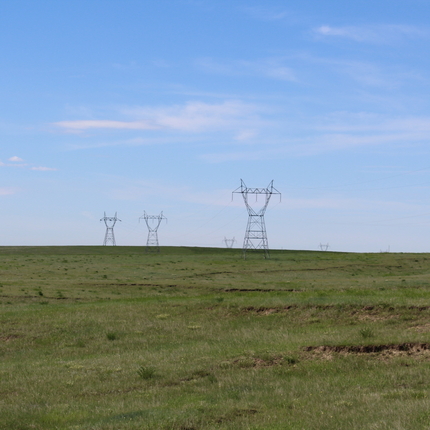The electric grid in the U.S. was created to provide reliable electricity to consumers. Typically, this meant that most U.S. consumers relied on the grid to carry power from centrally-located fossil fuel plants to provide for their electricity needs.
However, a combination of improved technology and decreasing costs have allowed for the shift away from aging fossil-fuel powered generation toward renewable energy, which poses a challenge for our electric infrastructure. The grid was not designed to connect to clean energy, such as wind and solar, located across a wide geographic area. While we develop more renewable generation, the necessary infrastructure must be built to link clean energy to consumers.
Wind energy has continued to expand in the U.S., with a substantial amount of new generation either proposed or in development. By the end of 2019, there were more than 105 gigawatts (GW) of wind energy capacity in operation nationally, and an additional 44 GW of wind capacity under construction or in the advanced stages of development.
Solar also experienced significant growth—in 2019, 2.6 GW of solar were installed in the U.S., increasing 45 percent from 2018. Additionally in 2019, 700 megawatts (MW) of residential solar were installed, setting a new record for the industry.
Decreasing prices have not only fueled the expansion of renewable energy, but highlighted their competitiveness with older generation sources, such as coal-powered plants. Wind and solar were comparatively lower in price than 211 GW of nearby existing coal-fired capacity in 2018—the equivalent of nearly 74 percent of the entire coal fleet in the country.
As counties and cities across the nation actively commit to clean energy goals, demand for renewable electricity will continue to grow alongside increasing reliance on electricity to power homes, businesses, and even transportation. To fully capture the benefits of the renewable energy transition, we must upgrade and expand our electric transmission system to keep pace with our shift to new sources of generation.
A robust grid will not only ensure that consumers have access to reliable electricity, but allow them to take advantage of a wide array of low-cost, renewable resources.





